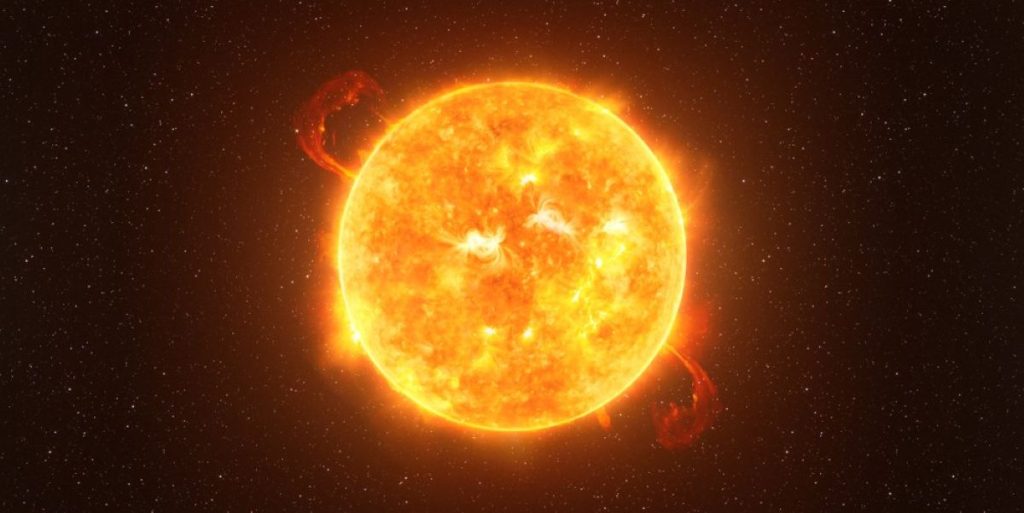Across the universe, energy bursts from distant stars and suns can ripple through space in ways that quietly affect life on Earth.
Others are reading now
Scientists track these natural events to better understand how space weather influences the planet’s technology and atmosphere.
Storm alert
The U.S. National Oceanic and Atmospheric Administration (NOAA) has issued a strong geomagnetic storm warning for Thursday and Friday.
The event is linked to a coronal mass ejection from the Sun that is projected to reach Earth between Thursday evening and Friday morning.
NOAA’s Space Weather Prediction Center classified the storm as level G3, meaning conditions could cause notable disturbances in Earth’s magnetic field.
Researchers believe the burst is heading directly toward the planet, though its full strength remains uncertain.
Also read
Impact
The strength of the storm will be measured once it reaches the observation satellite located about 1.6 million kilometers from Earth.
Data collected there will confirm the speed and orientation of the solar material, which determine how strongly it interacts with the planet’s atmosphere.
A coronal mass ejection usually arrives in two stages: a fast-moving shock front and a slower magnetic cloud.
The second phase can heighten geomagnetic activity if its magnetic direction opposes that of Earth.
Effects
NOAA said the storm could disrupt high-frequency radio, GPS, and satellite systems.
Also read
Power networks may experience fluctuations, though major outages are considered unlikely.
The event could also produce visible auroras in regions far south of the Arctic.
Until the solar particles reach the monitoring satellite, NOAA recommends following official updates from its Space Weather Prediction Center for reliable information on the storm’s progress.
The agency emphasized the importance of modern observation systems and confirmed that a replacement for its current SWFO-L1 satellite is in development.
Updated instruments are expected to improve early warnings and reduce uncertainty in future forecasts.
Also read
Sources: NOAA, Space Weather Prediction Center, Ziare.com


